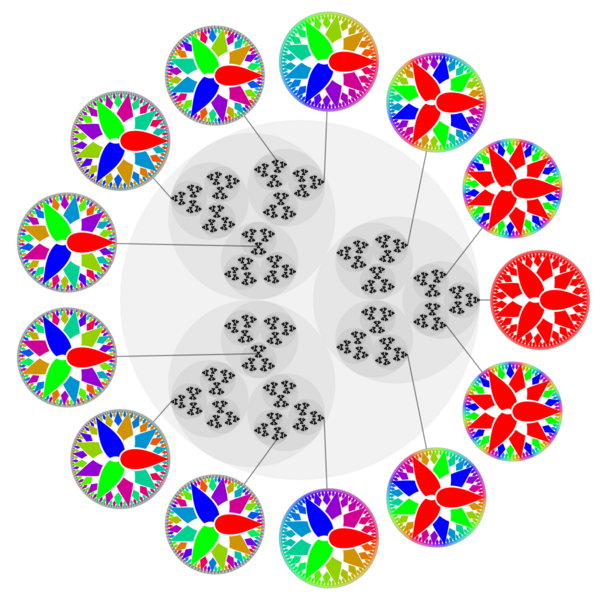An Invitation to p-adic Methods in Number Theory
from 16:00 to 18:00
From March 22nd (9 lectures)
Facultat de Matemàtiques i Informàtica.
Universitat de Barcelona
(Gran Via de les Corts Catalanes, 585, 08007 Barcelona).
Course Description
Since their introduction by Kurt Hensel in 1897, p-adic numbers have become ubiquitous in number theory, as they provide a way to use analytic techniques in arithmetic problems. These play a key role in most of modern results in number theory, such as Fermat’s Last Theorem, the known cases of the Birch and Swinnerton-Dyer conjecture, or the proof of the Sato-Tate conjecture. These lectures, aimed at a broad audience, aim to introduce several techniques that illustrate their power.
The first main goal, after introducing the basic notions, will be the construction of a p-adic analogue of Riemann’s zeta function. We will next introduce modular forms, which are central objects in number theory, and their p-adic avatars. The final part of the course will be devoted to the L-series of modular forms (complex-analytic functions which generalize Riemann’s zeta) and how to p-adically interpolate them.
No specialized background will be assumed.
Contents
- Basics on p-adic numbers.
- p-adic measures.
- p-adic interpolation of Riemmann’s zeta function.
- Modular forms and their L-functions.
- Serre’s approach to p-adic modular forms.
- Construction of the p-adic families.
- Modular symbols.
- Admissible p-adic distributions.
- p-adic interpolation of L-functions
Lecturers
Marc Masdeu (Universitat Autònoma de Barcelona)
Santiago Molina (Universitat Politècnica de Catalunya)

